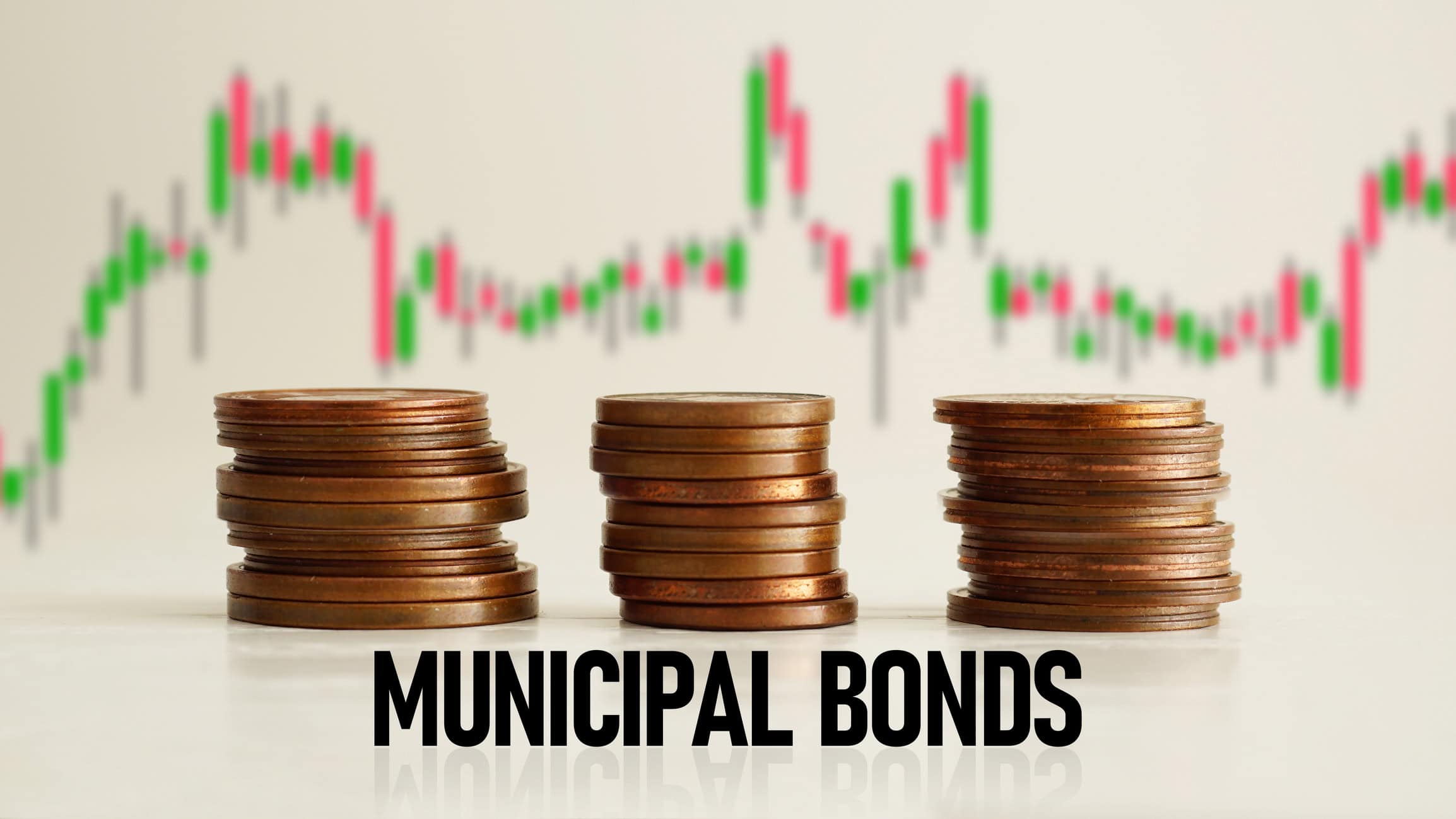
The Art of Balancing: Evaluating and Adjusting Mutual Fund Overlap in Your Portfolio
When it comes to building a diversified investment portfolio, one important factor to consider is mutual fund overlap. This occurs when different mutual funds in your portfolio hold a significant number of the same securities. While some overlap is inevitable and even desirable, excessive overlap can lead to increased risk and reduced diversification benefits. In this blog post, we will explore how to evaluate mutual fund overlap in your portfolio and provide insights on how to optimize your investments for better risk-adjusted returns.
What is mutual fund overlap?
Mutual fund overlap refers to the situation where multiple mutual funds in an investor’s portfolio hold similar or identical securities. This can happen when different mutual funds have similar investment strategies or when they are managed by the same investment company.
Why is mutual fund overlap important to evaluate?
Evaluating mutual fund overlap is important for several reasons. Firstly, it helps investors to understand their overall exposure to certain asset classes or securities. If multiple funds in a portfolio hold the same stocks or bonds, it can create concentration risk and increase the potential for losses if those assets perform poorly.
Secondly, evaluating mutual fund overlap allows investors to assess their diversification. Diversification is a key principle in portfolio management as it helps to spread risk and reduce the impact of any single investment’s performance on the overall portfolio. If there is significant overlap among funds, diversification may be compromised.
Lastly, understanding mutual fund overlap helps investors to avoid unintentional over-investment in a particular asset class or security. If several funds in a portfolio have significant holdings in the same stock, for example, it increases the investor’s exposure to that stock and its associated risks.
How can you evaluate mutual fund overlap in your portfolio?
A simple way to evaluate mutual fund overlap in your portfolio comes down to two important steps:
- Review your portfolio: Start by reviewing the holdings of each mutual fund in your portfolio. You can find this information in the fund’s prospectus or on its website.
- Identify common securities: Look for common securities among different
What are the risks of mutual fund overlap?
While it is common for different funds to have some level of overlap, excessive overlap can pose certain risks for investors.
Diversification is a fundamental principle of investing. By spreading your investments across different asset classes and securities, you can reduce the impact of any single investment’s performance on your overall portfolio. However, if multiple funds in your portfolio hold the same or similar securities, you are effectively concentrating your investments in those particular assets. This lack of diversification increases the vulnerability of your portfolio to the performance of those securities, potentially amplifying losses during downturns.
Another is overexposure to specific sectors or industries. If multiple funds in your portfolio hold significant positions in the same sectors or industries, your overall portfolio becomes more exposed to the performance and risks associated with those sectors. For example, if you hold multiple funds that invest heavily in the technology sector and the technology industry experiences a downturn, your portfolio could suffer significant losses. Overexposure to specific sectors can also result in missed opportunities for diversification across different sectors that may be performing well.
Finally, overlapping mutual funds tend to have a higher correlation in their performance. When the securities held by these funds move in the same direction, the impact on your portfolio can be magnified. This can limit your ability to effectively manage.
How can I identify potential overlap between mutual funds?
Identifying potential overlap between mutual funds is an important step in evaluating your portfolio and ensuring that you are not overexposed to any single asset class or security. By understanding the level of overlap, you can make informed decisions about diversification and risk management. Here are some key steps to help you identify potential overlap:
- Review fund holdings: Start by examining the holdings of each mutual fund in your portfolio. Most mutual funds disclose their holdings on a regular basis, either monthly or quarterly. Look for common stocks, bonds, or other securities across different funds.
- Analyze asset allocation: Pay attention to the asset allocation of each mutual fund. This includes the percentage of the portfolio invested in different asset classes such as stocks, bonds, cash, or alternative investments. If you have multiple funds with similar asset allocations, there may be overlap.
- Evaluate sector exposure: Assess the sector exposure of each mutual fund. Different funds may have significant investments in the same sectors such as technology, healthcare, or financial services. If you find that multiple funds have a high allocation to the same sector, it could indicate potential overlap.
- Consider geographic exposure: Take into account the geographic exposure of each mutual fund. Funds may have investments in specific countries or regions that overlap with other funds in your portfolio. This could increase your exposure to certain economic or political risks.
- Utilize overlap analysis tools: There are various online tools and software available that can help you analyze the overlap between mutual funds. They allow you to research and compare different investment vehicles to show any correlation between them.
What are the benefits of avoiding mutual fund overlap?
Depending on their objectives, investors can benefit greatly from avoiding mutual fund overlap in their portfolios.
Again, diversification is often considered one of the most important principles of investing. By holding a variety of investments across different asset classes and sectors, investors can reduce the risk associated with any single investment. Avoiding mutual fund overlap ensures that your portfolio is not overly concentrated in a particular security or asset class, enhancing diversification and potentially reducing risk.
Secondly, avoiding overlap can minimize overexposure. Overlapping mutual funds can lead to an unintentional concentration of holdings in certain securities or industries. This overexposure can increase the vulnerability of your portfolio to fluctuations in those specific holdings or sectors. By avoiding mutual fund overlap, you can minimize the risk of being overly exposed to a particular investment, industry, or market segment.
It can also help you avoid duplication of fees Each mutual fund charges its own management fees, expense ratios, and other costs. When there is an overlap between funds, investors could end up paying these fees multiple times for similar investments. By identifying and eliminating overlapping funds, you can avoid duplicating fees and potentially save on investment costs.
It can be challenging to assess the performance of individual mutual funds in a portfolio when there is significant overlap. Overlapping funds can skew the overall performance figures and make it difficult to accurately evaluate the performance of individual investments. By eliminating overlap, you can more effectively assess the performance of each fund and make informed decisions.
How can I avoid mutual fund overlap in my portfolio?
While some level of overlap is unavoidable due to the nature of the market, it is important for investors to be aware of and manage this overlap to ensure a well-diversified portfolio. Here are a few steps you can take to avoid mutual fund overlap in your portfolio:
Understand the holdings of each mutual fund:
Take the time to review the holdings of each mutual fund in your portfolio. Most mutual funds disclose their holdings on a regular basis, either monthly or quarterly. Analyze the securities held by each fund to identify any similarities or duplications. Pay attention to the top holdings and the percentage allocation to each security.
Compare the asset allocation of each mutual fund:
Asset allocation refers to the distribution of a portfolio’s investments among different asset classes, such as stocks, bonds, and cash. Compare the asset allocation of each mutual fund in your portfolio to identify any overlaps. If multiple funds have a high allocation to the same asset class, it may indicate a potential overlap.
Look beyond the top holdings:
While the top holdings of a mutual fund are important, it is equally essential to look beyond them. Analyze the overall sector allocation and geographic allocation of each fund. If multiple funds have a high concentration in the same sector or geographic region, it could result in overlap. Exchange-traded funds (ETFs) are a good alternative to mutual funds for investors looking to. ETFs are designed to track specific indexes, sectors, or asset classes, providing investors with instant diversification. Unlike mutual funds, ETFs can be traded throughout the day, allowing investors to react quickly to market changes. Additionally, ETFs typically have lower expense ratios compared to mutual funds, making them a cost-effective option for investors.
Fund managers play a crucial role in helping investors limit mutual fund overlap in their portfolios. They have the expertise and knowledge to carefully select and manage investments within a mutual fund. They are responsible for conducting thorough research, analyzing market trends, and making informed decisions about what securities to include in the fund. By relying on the expertise of fund managers, investors can trust that their portfolio is well-diversified and that potential overlap is minimized. Fund managers can provide valuable insights and guidance on asset allocation, sector diversification, and geographic exposure, helping investors make strategic decisions to avoid excessive overlap and achieve their investment goals.
The Bottom Line
Evaluating mutual fund overlap in your portfolio is a crucial step in maintaining a well-diversified investment strategy. By understanding the holdings, asset allocation, and sector/geographic concentration of each mutual fund, investors can identify potential overlaps and make informed decisions to mitigate risks. Additionally, considering alternative investment options such as ETFs can provide instant diversification and cost-effectiveness. Lastly, relying on the expertise of fund managers can offer valuable insights and guidance to ensure proper asset allocation and minimize overlap. Taking these steps will help investors create a balanced and diversified portfolio that aligns with their investment goals and risk tolerance.
Let Hennion & Walsh Offer a Second Opinion
Curious to learn more? Our unmatched client experience will give you peace of mind. Just as you may seek a second opinion about your health, we believe successful investors can gain value and peace of mind by getting a second opinion on their financial health. So, whether you’re worried about today’s uncertain economic environment or looking for increased peace of mind, we can help. Get a complimentary second opinion on all your investment accounts not held at Hennion & Walsh today!
Hennion & Walsh Experience
We have investment professionals, planners, and portfolio managers that can collectively analyze your situation through the lens of their respective disciplines. Each member brings valuable insights to apply to your situation. Whether you are looking for income strategy guidance or growth strategy guidance, a second opinion of all your investment accounts not currently held at Hennion & Walsh could be beneficial to your financial health.
Disclosures:
All investing involves risk including the possible loss of principal. Past performance does not guarantee future results. The information above is from sources that we believe to be reliable but we do not guarantee their accuracy or completeness.



